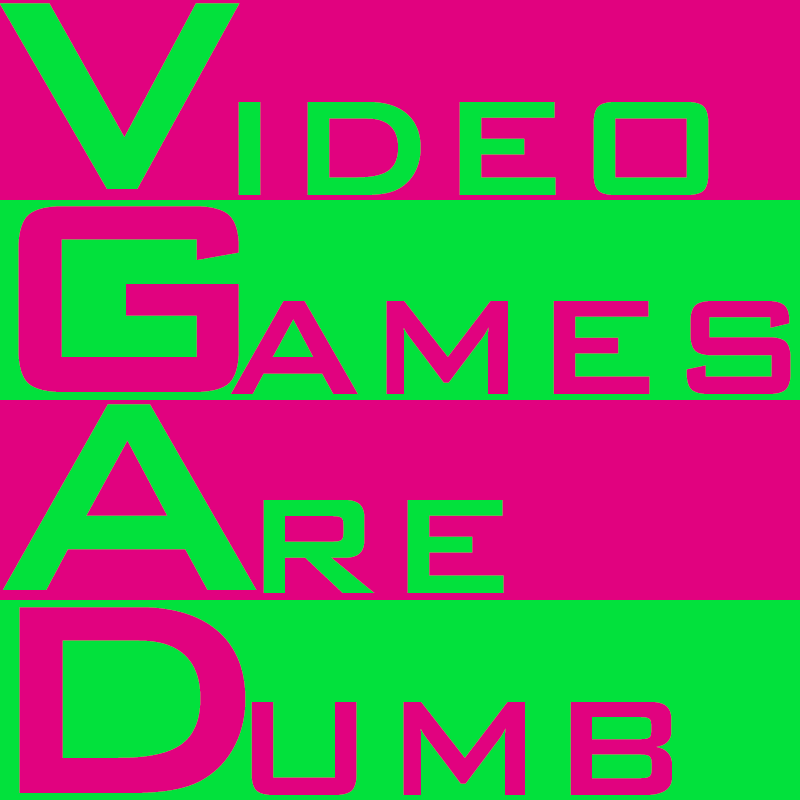Ah, the 1960’s. A time fondly recalled as a period of peace, love, and understanding. Mafia 3 paints a very different picture of the decade, with open racism, widespread corruption, and brutal street violence. It’s a game that eviscerates nostalgia, leaving only the cold, painful, issues of the day.
Taking place in 1968, decorated special forces soldier Lincoln Clay has just returned home from Vietnam. Uncertain of his future, he quickly resumes his working for his adopted father, before attracting the eye of the powerful Italian mafia. After turning down a generous offer from the Marcono organization, the mob murderers his entire family, leaving Lincoln for dead. By a miracle, he survives, and immediately begins work on avenging his fallen friends.
Mafia 3’s gameplay is centered around a series of very simple and uneventful missions. To take down the mob, Lincoln will go after their sources of income. Each criminal racket is given a cash value, tasking Lincoln to destroy contraband, interrogate knowledgeable mobsters, and murder important figures. Once their resources have been dwindled the zero, a final mission is unlocked to take on a capo. There are brief moments of car and boat combat, which strangely enough, control the same, but vehicles are mostly used to drive to the next location without incident.
If that sounds dry and repetitive, it’s because it is. Mafia 3 unfortunately lacks structural diversity. The industries and final bosses are flat out interchangeable. At some points I completely forgot what black market I was taking over. There’s just nothing recognizable from one to the next.
Which is also a problem in the vehicle based side missions. Drive over there. Get the thing. Bring it back. Do it again.
But it’s saving grace comes from it’s sublime gunplay. Splattering brains and ripping abdominis are beautifully rendered in high impact animations. Precise pistols, powerful rifles, masochistic machine guns and gratuitous shotguns, cruelly cutting down those in your path. With molotov cocktails and grenades taking the overkill to a new high. Safely ducking from incoming bullets before exacting swift bloody revenge is grotesquely satisfying.
What’s interesting about Mafia 3’s generic objectives are the alternative methods of approach. As the story progresses, Lincoln will gain access to portable banks and weapons dealers, expanding his destructive arsenal and abilities, as well as hitmen to aid in the battle. Many of these are unlocked by doing favors for friendly syndicates, and dividing the obtained markets fairly.
One of my personal favorites are the silenced pistol and machine gun. Allowing for stealthy invasions and disturbingly efficacy knife takedowns.
Still, the majority of Mafia 3’s campaign a monotonous series of identical missions. And that’s a shame. Because the all too rare special story events highlight an unreached potential. Trudging through a spooky carnival at night and blasting back security in a bank heist, make breaking down rackets all the more dull.
It’s strange how little development is given to these capos, as there are a wealth of story beats and cut scenes for the rest of the ensemble. And these scenes are very well directed and performed, the extra attention given to facial reactions drives home the relationships and personalities of the characters.
Radio commercials and news broadcasts intermix real world events of the time with Lincoln’s recent activities, creating a believe, though more action driven world. And the soundtrack cleverly mixes black artists pop songs with with white rock bands. Such as The Supremes’ You Keep Me Hangin On and Vanilla Fudge’s cover of the same song.
Race and racism is a constant theme in Mafia 3, with plenty of racial and ethnic slurs pepper throughout. What’s fascinating is Lincoln Clay’s indifference towards the civil rights movement. While many others of all ethnic backgrounds comment on prejudice, Lincoln is solely focused on murdering the Marcono family. Even when faced against a representation of the KKK, Clay simply doles out vengeance as he did before.
Race is rarely in a topic and video games and fortunately Marfia 3’s smart dialogue and documentary style cut scenes give a proper context to the attitudes of the era.
Though it’s hard to take it’s story seriously when there are so many distracting visual hiccups. These become especially obvious while driving. New Bordoh, Louisiana is a fairly empty open world from a gameplay standpoint. But it’s faithful design of every district and wilderness environment is impressively realistic. That is until time and weather conditions transform locations into a unrecognizable series of objects.
At it’s best, Mafia 3 looks fantastic. With weighty models, careful lighting, and authentic architecture. But more often than not, the strange use of brightness ruins the experience. With areas looking too dark or washed out to see. During sunrises and twilights, the entire screen takes on a bizarre orange glow. It’s shockingly problematic.
To be clear, this is a slight recommendation. Mafia 3 is an odd pairing of compelling characters and story with junk food gameplay. And while the gun mechanics and engaging story make it worth experiencing, the awkward visuals and limited activities are undeniably determinantal. But at it’s core, it’s a darn fun third person shooter.
